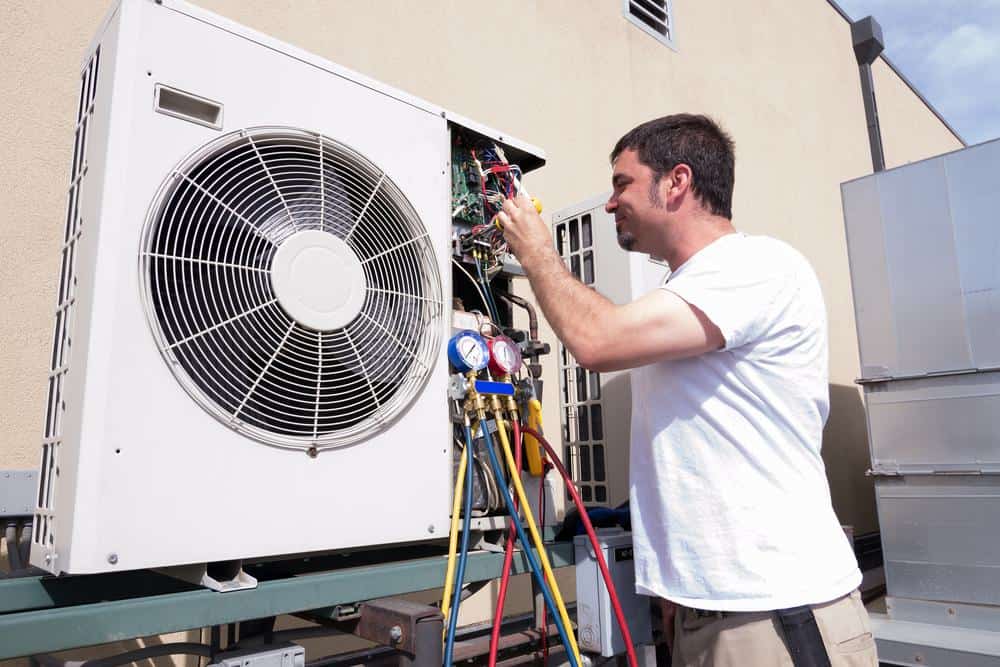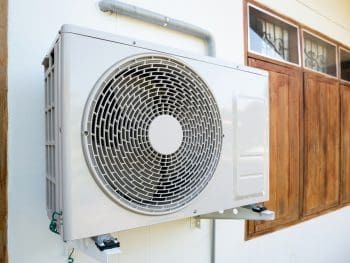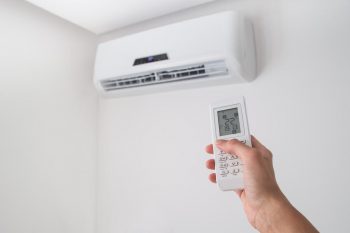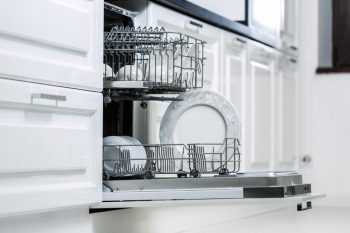
In today’s environmentally conscious world, there’s a growing interest in eco-friendly solutions for everyday comforts. One such comfort that’s often a necessity, especially in warmer climates, is air conditioning. But traditional air conditioners are known for their high energy consumption and contribution to greenhouse gas emissions. The good news is that there are more sustainable alternatives available. This comprehensive guide will explore how to make an eco-friendly air conditioner, the benefits of using one, and some affordable options on the market.
Making an eco-friendly air conditioner involves using methods and technologies that minimize environmental impact while providing effective cooling. DIY methods include using an ice chest, fan and ice, copper coils, or a car radiator. Alternatively, sustainable technologies include Energy Star-certified air conditioners, air source heat pumps, ductless mini-splits, geothermal air conditioners, and solar-powered air conditioners. These options are energy-efficient, use environmentally friendly refrigerants, and can integrate with renewable energy sources.
What Makes an Air Conditioner Eco-Friendly?
An eco-friendly air conditioner is designed to minimize its impact on the environment while providing effective cooling. These units often incorporate various features and technologies that prioritize energy savings and environmental sustainability. Key characteristics include energy efficiency, environmentally friendly refrigerants, advanced technologies like inverter compressors and variable-speed motors, integration with renewable energy sources, and a longer lifespan [^1^].
DIY Eco-Friendly Air Conditioner Options
There are several ways to create your own eco-friendly air conditioner. Here are a few DIY methods you can try:
- Ice chest air conditioner: You’ll need a styrofoam cooler, one or two dryer vents, and a small fan. Cut holes in the cooler for the vents and fan, then fill the cooler with ice. The fan will blow air over the ice, cooling it before it exits through the vents [^2^].
- Fan and ice method: Place a bowl of ice in front of a fan. The fan blows air over the ice, cooling it down and circulating it throughout the room.
- Copper coil and fan method: Attach a copper tube to a fan and connect a plastic tube to the copper tube. Place a water pump in a cooler filled with cold water and ice, and attach the plastic tube to the pump. The pump circulates cold water through the copper tube, cooling the air blown by the fan.
- Car radiator and water method: Use a car radiator with a fan, PVC piping, a thermostat or on/off switch, and a power supply. Connect the radiator to a water source, and use the fan to blow air through the radiator. The cold water cools the air as it passes through the radiator.
Sustainable Cooling Technologies
In addition to the DIY methods, you can consider these sustainable technologies for eco-friendly air conditioning:
- Energy Star-certified air conditioners: These units are designed to use less energy and reduce greenhouse gas emissions [^3^].
- Air source heat pumps: These systems provide both heating and cooling by transferring heat between the indoor and outdoor environments.
- Ductless mini-splits: These systems consist of an outdoor compressor and one or more indoor air handlers, providing efficient cooling without the need for ductwork.
- Geothermal air conditioners: These systems use the stable temperature of the ground to provide heating and cooling, making them highly energy-efficient.
- Solar-powered air conditioners: These units use solar energy to power the air conditioning system, reducing reliance on grid electricity.
Finally, remember to improve your home’s insulation, shading, and ventilation to reduce the need for cooling and make your air conditioning system more eco-friendly.
Energy Consumption of an Eco-Friendly Air Conditioner
Eco-friendly air conditioners consume significantly less energy compared to traditional ones. Energy Star-certified air conditioners, for example, use up to 15% less energy than non-certified models [^4^]. Some eco-friendly air conditioning systems can consume about 40% less electricity than conventional compressor-based air conditioners [^5^].
Affordable Eco-Friendly Air Conditioning Options
Affordability is a key factor in the decision to switch to an eco-friendly air conditioner. Some affordable options include the LG Dual Inverter, Perfect Air U-Shape Window Air Conditioner, Energy Star-Certified Air Conditioner, Windmill AC, and Midea 8000 BTU U-Shaped Air Conditioner MAW08V1QWT [^6^].
Long-Term Cost Benefits
Investing in an eco-friendly air conditioner can lead to significant long-term cost savings. These savings come from lower energy bills, reduced repair costs, increased home value from installing energy-efficient appliances, and potential rebates and incentives from governments and utility companies [^7^].
Conclusion
Making an eco-friendly air conditioner is a feasible and beneficial endeavor. Whether you choose a DIY method or opt for a sustainable cooling technology, you’ll enjoy lower energy consumption, reduced environmental impact, and potentially significant cost savings in the long run. Plus, you’ll contribute to a more sustainable future, making the effort well worth it.
Frequently Asked Questions
How often should I replace the ice for the DIY methods?
This largely depends on the ambient temperature and the usage, but typically, you may need to replace the ice every 3-6 hours to maintain a cool temperature.
Are there any safety considerations when making a DIY air conditioner?
Yes, when making a DIY air conditioner, ensure there is no risk of electrical components coming into contact with water or ice. Always unplug your DIY air conditioner when not in use or when replacing the ice.
How much can I save on my energy bills by using an eco-friendly air conditioner?
The exact savings can vary based on your energy rates and usage, but on average, Energy Star-certified air conditioners can save you up to 15% on your energy bills.
How long does an eco-friendly air conditioner typically last?
The lifespan of an eco-friendly air conditioner can vary based on the model and maintenance, but typically, these units can last 15-20 years with proper care.
How does solar-powered air conditioning work on cloudy days or at night?
Solar-powered air conditioners often come with battery storage systems that store excess solar energy produced during the day. This stored energy can then be used to power the air conditioner during cloudy days or at night.












